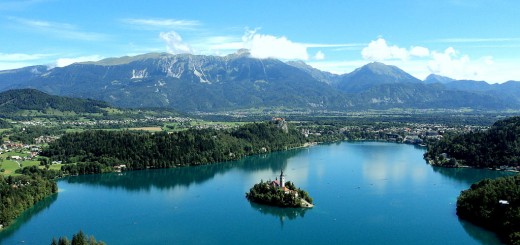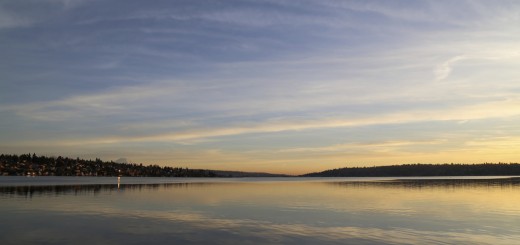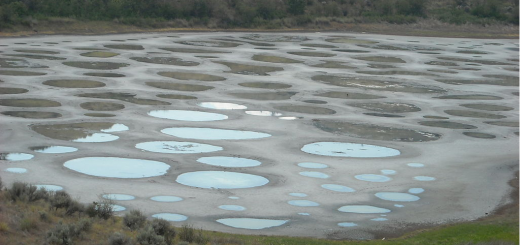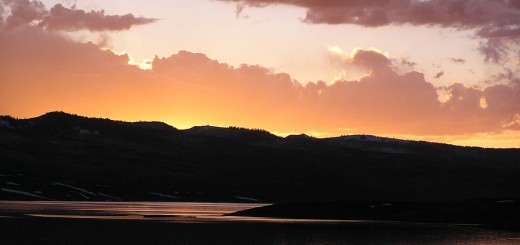Kelimutu Crater Lakes
3The Kelimutu crater lakes are a mystery all their own. Sitting at the top of the Kelimutu volcano in Indonesia, each of the three water bodies is a different color. And no one really knows why that’s the case.
Stranger still is the fact that some of the lakes have changed color throughout history. One, known in the local language as the bewitched lake, Ata Polo, was once white. Today, it is a dark brown. Another one of the lakes used to be red, while it’s hue today has shifted toward an aquamarine or turquoise color.
To be precise, the other two lakes are: Lake of Old People, or Tiwi Ata Mbupu, and Lake of Young Men and Maidens, also called Tiwu Nua Muri Kooh Tai.

Kelimutu crater lakes. (Credit: Flickr User whltravel via Creative Commons 2.0)
These lakes, perhaps unsurprisingly, hold cultural importance for Indonesia. Their likenesses have once graced the cover of the country’s currency. And their existence is viewed by some local tribes to have religious significance.
As the legends go, spirits of the dead come to the edge of the crater lakes when they die. At a space between two large rocks, known as Konde and Ratu, the spirits are met by gatekeepers who decide which lake they will go in. This decision depends entirely on the spirit’s age and the character with which it lived its life.

Two of the Kelimutu crater lakes. (Credit: Flickr User 1ieve via Creative Commons 2.0)
But the question of how the lakes change their color is still largely unanswered. The consensus guess seems mostly to be that minerals in the water must play a role. Beyond those, there are no life forms that live in the lakes, such as algae, that could change the colors. And there aren’t any larger beings like fish.
Some scientists believe that the life forms present in the lakes peak at small microbes that have grown accustomed to the volcanic environment they inhabit. These conditions, in some ways, are also thought to have effects on the lakes’ colors.
What do you think makes the Kelimutu crater lakes change color? Are volcanic minerals the biggest factor? Please consider leaving a comment to share your thoughts!














this is noice
is there a legend
[…] https://www.lakescientist.com/kelimutu-crater-lakes/ […]